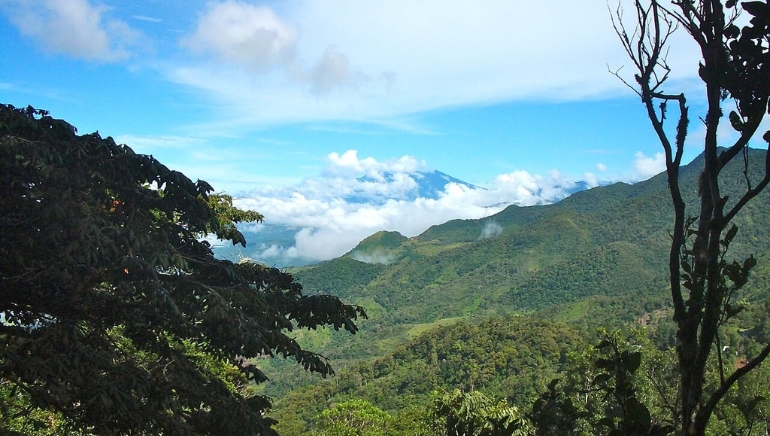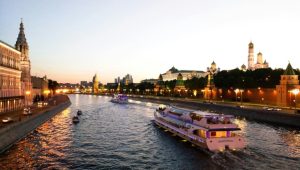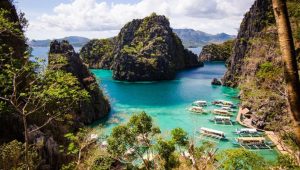Researchers from the Smithsonian Tropical Research Institute have discovered a 22 million-year-old mangrove forest on Barro Colorado Island. The mysterious forest reportedly vanished from the earth due to a massive volcanic eruption in the Panama Canal. This catastrophe destroyed the forest but kept the fossils intact, with its silica-rich waters preventing decomposition.
The forest consisted of Sonneratioxylin barrocoloradoensis mangrove species, which grew to a height of 82 feet, and the tallest specimen could grow up to 131 feet which easily outspace the modern mangrove forests in height. The 121 fossilised wood specimens were found on the island, along with the mangrove forest, whose wood anatomy indicates its similarity to Southeast Asian mangroves. Sedimentary samples taken from the island show that ancient mangroves flourished in a setting where fresh and sea waters mixed.
The missing forest dates back to the early Miocene Epoch, approximately 23 million years ago. Intense volcanic activity was present in central Panama during this time when the region was a long, narrow peninsula that was separated from South America yet connected to North America.
The researchers published a study documenting their discovery in the journal Palaeogeography, Palaeoclimatology, and Palaeoecology.















